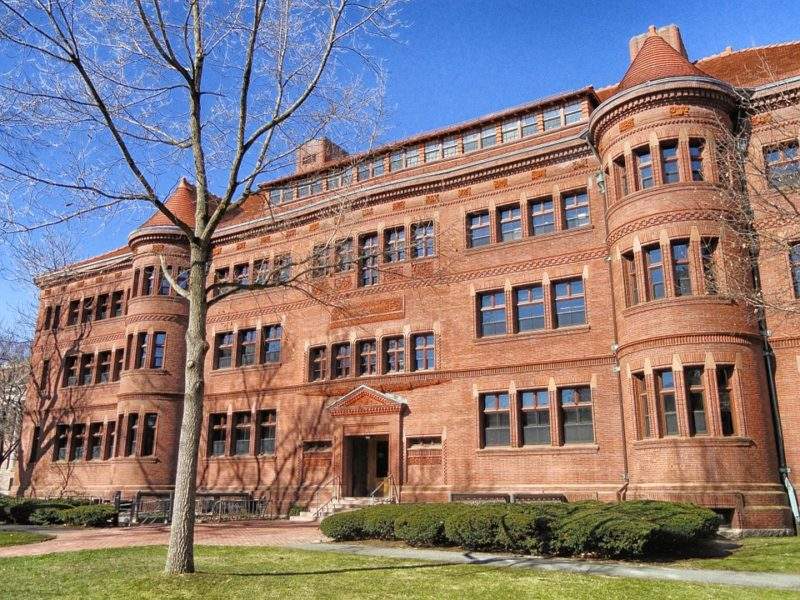
Scientists have developed nanofibres that use naturally-occurring proteins to encourage healing and tissue regeneration for use in wound dressings.
The researchers, from the Harvard John A. Paulson School of Engineering and Applied Sciences (SEAS) and the Wyss Institute for Biologically Inspired Engineering, produced globular fibronectin using Rotary Jet-Spinning (RJS). Globular fibronectin is a protein found in blood that is common in foetal skin, and was found to aid in recovery in the 1970s. The RJS technique involves a solution containing globular fibronectin being pushed through a device as it spins, causing the solvent to evaporate and the polymers to solidify, producing globular fibronectin in fibres less than one micrometre in diameter, which can be collected into wound dressings or bandages.
“The dressing integrates into the wound and acts like an instructive scaffold, recruiting different stem cells that are relevant for regeneration and assisting in the healing process before being absorbed into the body,” said Christophe Chantre, first author of the paper and graduate student in the Disease Biophysics Group, which developed the RJS technique.
In vivo testing demonstrated that wounds treated with the fibronectin dressing showed 84% tissue restoration within 20 days, compared to 55.6% restoration in wounds treated with a standard dressing. Wounds treated with the fibronectin dressing also demonstrated close to normal epidermal thickness and regrew hair follicles.
Separate testing involved soy-based nanofibres, which yielded similar results. Soy protein contains oestrogen-like molecules which accelerate wound healing and support human cells.
RJS was used to test soy-based nanofibres, which demonstrated a 72% increase in healing versus wounds with no dressing, and a 21% increase in healing versus wounds dressed without soy proteins.
How well do you really know your competitors?
Access the most comprehensive Company Profiles on the market, powered by GlobalData. Save hours of research. Gain competitive edge.

Thank you!
Your download email will arrive shortly
Not ready to buy yet? Download a free sample
We are confident about the unique quality of our Company Profiles. However, we want you to make the most beneficial decision for your business, so we offer a free sample that you can download by submitting the below form
By GlobalData“Both the soy and fibronectin fibre technologies owe their success to keen observations in reproductive medicine,” said Kit Parker, Tarr family professor of bioengineering at SEAS and senior author of the research. “During a woman’s cycle, when her oestrogen levels go high, a cut will heal faster. If you do a surgery on a baby still in the womb, they have scar-less wound healing.”
The findings were published in separate papers in Advanced Healthcare Materials and Biomaterials.



